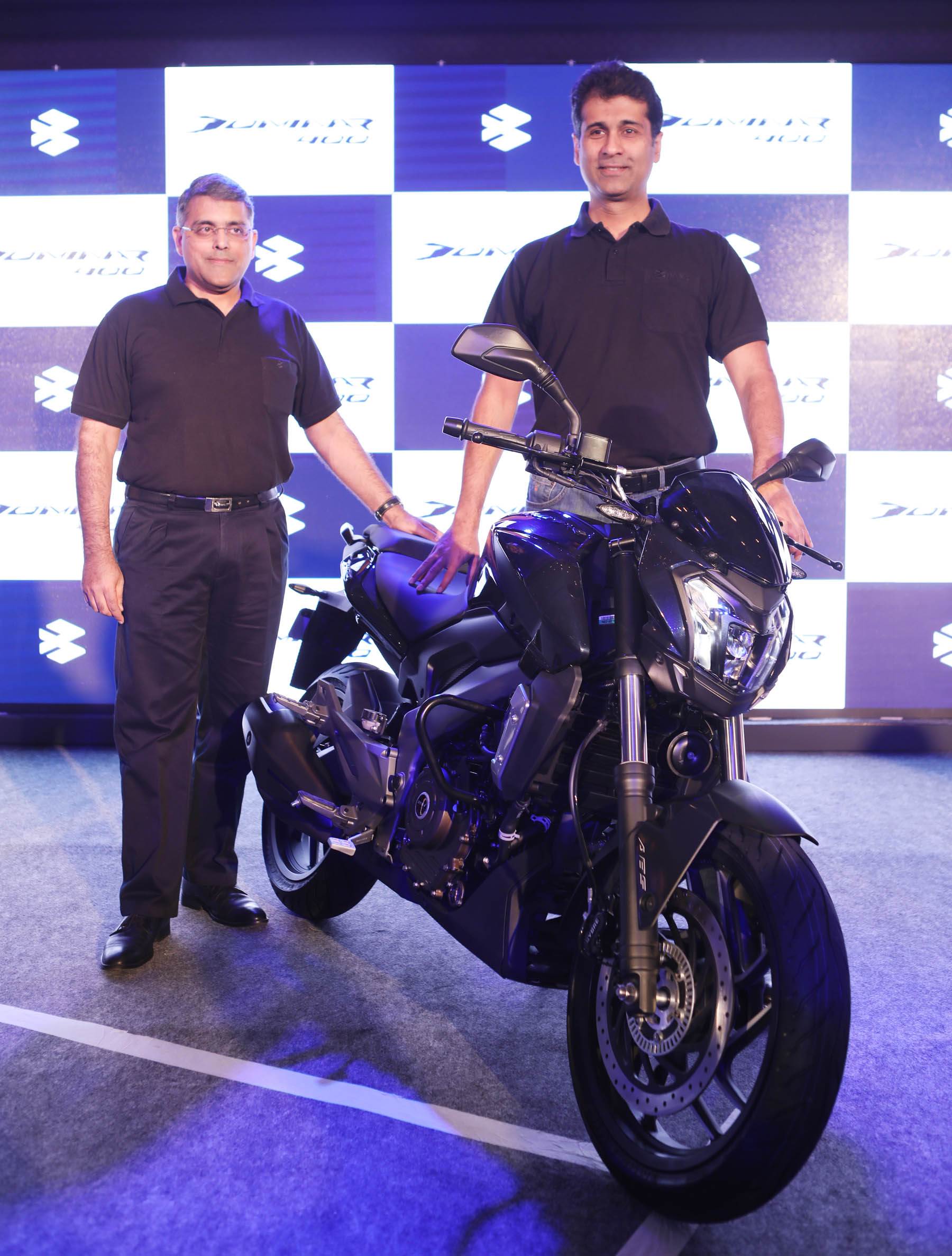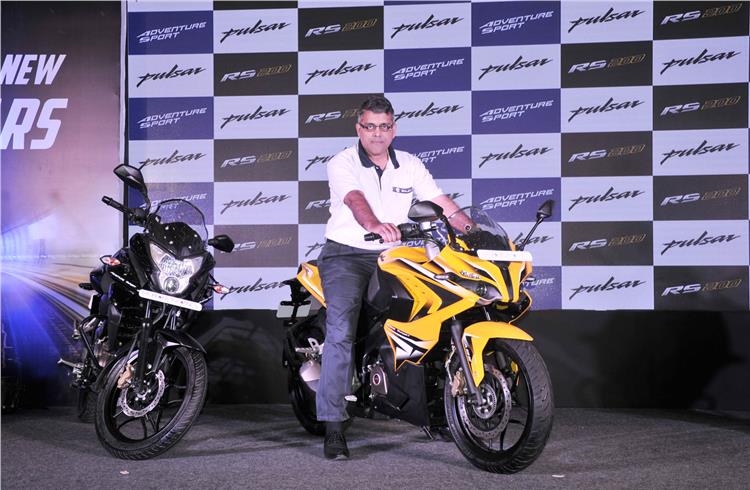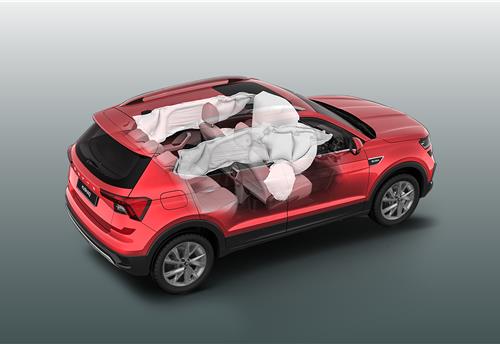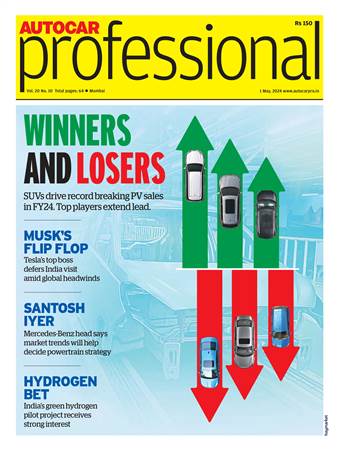'Indian two-wheeler OEMs should drive global standards': Bajaj Auto’s Eric Vas
Bajaj Auto’s motorcycle business chief exhorts Indian two-wheeler OEMs to drive advances in emission norms, clean technologies as well as safety.
The two-wheeler industry worldwide is witnessing global convergence in terms of new technologies. This rapid transformation can be attributed to two factors – the governments across several nations are driving legislative changes including stricter emission norms and safety standards, and the natural evolution and progress in individual high-growth, high-volume markets.
According to a white paper on the global two-wheeler industry compiled by German chemical major BASF, which also produces automotive coatings, “Asia accounts for 91 percent of the world’s two-wheeled motorised vehicle production. The bulk of the production is in China, India and the ASEAN. This concentration is due to extremely rapid motorisation of the Asian society.”
This means all new developments and technology trends of these markets will clearly become the inevitable and predictable highlights of the global two-wheeler space, offering a periscopic view of the incoming trends and applications on a mass scale over the next decade.
Stricter emission norms and the drive for safer vehicles along with evolving market requirements including further advancements on the front of engine refinement and performance and newer (motorcycle) applications are touted to be the next trends.
In line with current and future requirement, two-wheeler manufacturers are gearing up to take on the increasing role of electronics and sensor fitments on new products which are beginning to be offered with anti-lock braking system (ABS), electronic fuel injection (EFIs), richer information displays, ride-by-wire and slipper clutch technologies on entry level models.
All major global two-wheeler players are putting in concentrated efforts in the above-mentioned areas to succeed in a competitive global market. European bike makers such as KTM, BMW Motorrad, Piaggio Vehicles, Ducati and Triumph Motorcycles are a few examples.
The Indian two-wheeler market, the world’s largest two-wheeler industry (excluding electric two-wheelers) is home to more than 15 primary players retailing many more brands in local markets. While India is a high-growth country with volumes of 16.5 million units (FY2015-16), the market is heavily dominated by four primary players – Hero MotoCorp, Honda Motorcycle & Scooter India (HMSI), TVS Motor Company and Bajaj Auto.
As per apex industry body SIAM’s data, the big four commanded a market share of over 90 percent in the Indian two-wheeler industry in FY2015-16. Interestingly, three players of the big four are home-grown companies.
Another Indian company, although not at par (volume-wise) across commuter formats but a highly dominant player in the midsized motorcycle area – Royal Enfield – held an overwhelming market share of 97.42 percent in the 250cc-800cc motorcycle category.
Speaking to Autocar Professional recently in the context of global markets, Eric Vas, president, motorcycle business, Bajaj Auto, said, “We are the world’s largest two-wheeler market. Unlike the passenger car segment, the Indian OEMs dominate the two-wheeler space. This means that ideally we should be the leaders driving standards globally. We should lead in areas like emission norms, safety, cleaner technologies and others. We should set high standards rather than following others.”
Vas was talking in the context of some domestic two-wheeler OEMs failing to manage their BS III-compliant inventories within the April 1 deadline. “The question is why should things be left for the last moment,” he queried.
Bajaj Auto took the lead as it became the first and only company to begin mass production of BS IV-only vehicles from end-January 2017, almost two months prior to the original government-notified date of April 1, 2017.

Eric Vas and Bajaj Auto MD Rajiv Bajaj at the Dominar 400 launch on December 18, 2016. The Dominar 400, which has an ABS variant, gets all-LED headlamp and slipper clutch technology, a segment-first, at an attractive price-point.
It can be recalled that at a press conference organised by Bajaj Auto in Mumbai on February 15, Rajiv Bajaj, MD, had taken a clear stand on the issue by appealing to the concerned authorities on disallowing the sale and registration of BS III-compliant models post April 1. “Historically, whenever there is an opportunity to make an impact, the (auto) industry wants to drag its feet,” Bajaj had commented, thus making a strong remark that also points out inherent operating inefficiencies and management practices unfair to the industry’s global stature.
Honda Motorcycle & Scooter India too has begun mass production of BS IV-only two-wheelers from March 1, a month ahead of the April 1 BS IV deadline.
In an official communication with Autocar Professional, K N Radhakrishnan, president and CEO, TVS Motor Company said, “TVS Motor Company is a responsible corporate citizen and is fully supportive of a better environment for our customers, employees and stakeholders. We are fully geared up to meet the government’s new BS-IV emission guidelines.”
To have the ongoing matter sorted in future, Vas raises a question to all industry stakeholders in the context of the upcoming BS VI emission norms by 2020: “I am happy that we will have BS VI emission norms for two-wheelers by 2020. I hope we ensure that April 1, 2020 is understood as the date for sales and registration of vehicles rather than the date to start the manufacturing of BS VI-compliant vehicles.”
While the transition to BS IV emission norms from BS III has shown gaping ambiguities in the subjective interpretation of the original notification, it also underlines the urgent need to address these issues by the concerned authorities before the next level (BS VI) of emission norms approaches.
RELATED ARTICLES
Skoda India makes six airbags standard fitment in Kushaq and Slavia
The introduction of six airbags as standard across the Kushaq SUV and Slavia sedan range furthers the safety quotient in...
Ampere Vehicles to launch new Nexus electric scooter on April 30
The all-new Nexus will be Ampere Vehicles’ flagship scooter. Key highlights include four riding modes, an LFP battery, a...
Uniproducts India targets 15% growth till FY2027, eyes new EV OEMs for NVH parts
The Noida-headquartered company, which is a leading manufacturer of roof liners, floor carpets, sound insulation materia...





 03 Mar 2017
03 Mar 2017
 7409 Views
7409 Views





 Autocar Pro News Desk
Autocar Pro News Desk




